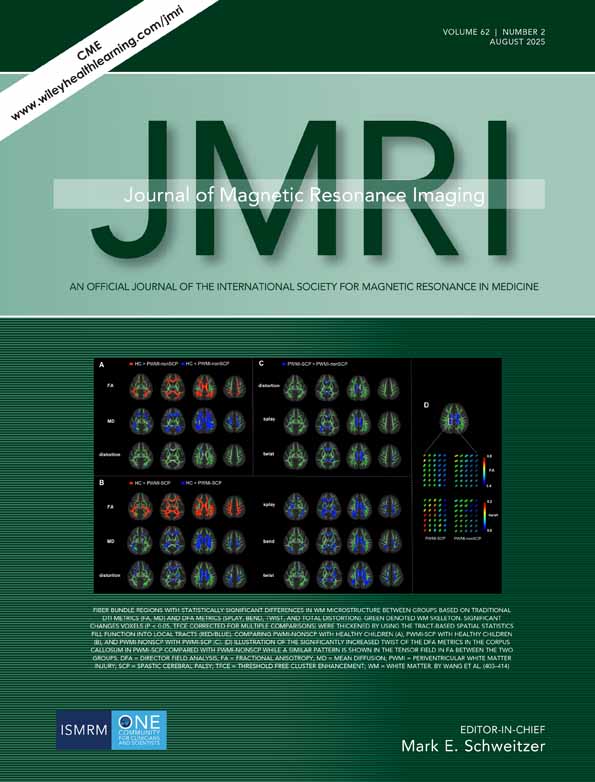MRI study of immediate cell viability in focused ultrasound lesions in the rabbit brain
Abstract
The purpose of this study was to evaluate cell viability in MR imaged focused ultrasound (FUS) lesions using cell-viability staining with triphenyl tetrazolium chloride (TTC) and both light and electron microscopy. Ten paired ultrasonic lesions were created in 5 rabbit brains in vivo with an ultrasound beam of 1.5 MHz electrical power input to the transducer of 50 W and exposure duration of 15 seconds. T2-weighted fast spin-echo (FSE) MRI was performed to detect the FUS lesions in the brain 4 hours after treatment, after which the animals were immediately euthanized. Lesion sizes were measured on TTC-stained specimens, histological sections stained with hematoxylin and eosin (H&E), and T2-weighted MR images. The differences between the lesion diameters measured with the three methods were within the range of 0.1–0.7 mm. The lesion sizes measured from MRI correlated well with those seen from H&E sections. The measurements from MRI slightly overestimated lesion sizes on TTC-stained wet tissues by approximately one MRI pixel (0.31 mm). Electron microscopy demonstrated nuclear and cytoplasmic ultrastructural damage within the grey–white, non-TTC-stained lesion zone, whereas the TTC-stained normal tissue showed preservation of neuronal ultrastructure. Therefore, MR-imaged lesions represent a cell-death zone in rabbit brain 4 hours after FUS ablation, with slight overestimation by approximately one MRI pixel. J. Magn. Reson. Imaging 2001;13:23–30. © 2001 Wiley-Liss, Inc.




